Show graphically, the variation of the de-Broglie wavelength (λ) with the potential (V) through which an electron is accelerated from rest.
We know that λ=h√2meV, so λ∝1√V The variation of V and λ will be curve as shown in Fig.
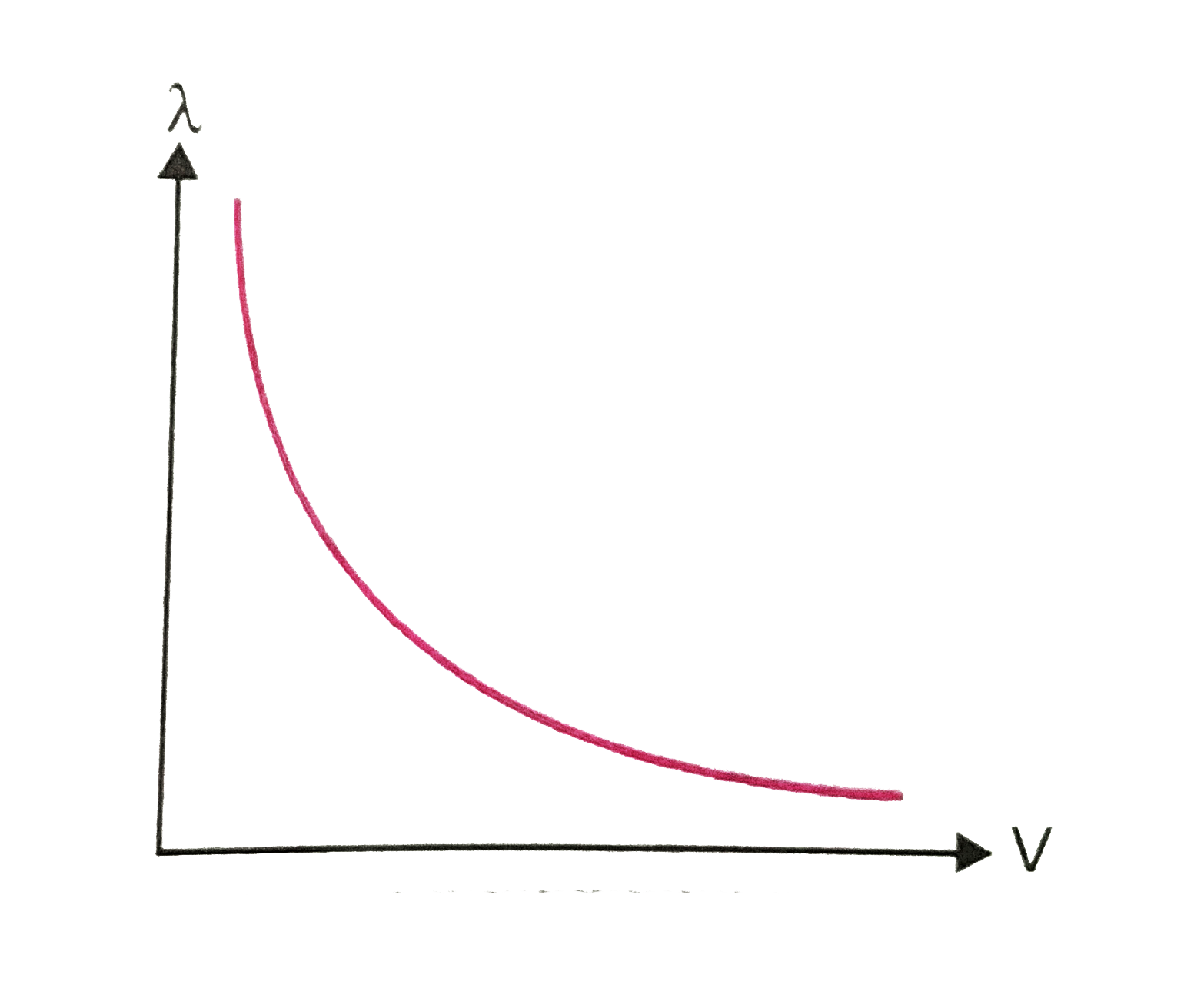
Topper's Solved these Questions
- BOOK - PRADEEPCHAPTER - DUAL NATURE OF RADIATION AND MATTEREXERCISE - NCERT Exerciese question1videos
DUAL NATURE OF RADIATION AND MATTER
- BOOK - PRADEEPCHAPTER - DUAL NATURE OF RADIATION AND MATTEREXERCISE - Short answer1videos
DUAL NATURE OF RADIATION AND MATTER
- BOOK - PRADEEPCHAPTER - CURRENT ELECTRICITYEXERCISE - Problems for Practice (B)2videos
CURRENT ELECTRICITY
- BOOK - PRADEEPCHAPTER - ELECTROMAGNETIC INDUCTION & ALTERNATING CURRENTEXERCISE - Multiple Choice Questions1videos
ELECTROMAGNETIC INDUCTION & ALTERNATING CURRENT
Similar Questions
Knowledge Check
- Question 1 - Select One
Which of the following graphs shows the variation of de-Broglie wavelength with potential through which a particle of charge q and mass m is accelerated ?
A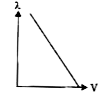 B
B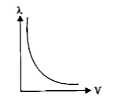 C
C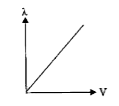 D
D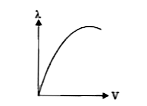
- Question 2 - Select One
The ratio of de-Broglie wavelength associated with two electrons accelerated through 25V and 36V is
A25/36B36/25C5/6D6/5 - Question 3 - Select One
The de Broglie wavelength λ of an electron accelerated through a potential V in volts is
A1.227√VnmB0.1227√VnmC0.01227√VnmD12.27√Vnm
Find the ratio of de-Broglie wavelengths associated with two electrons accelerated through 25V and 36V.
View SolutionWhat is the de-Broglie wavelength associated with an electron moving with an electron, accelerated through a potential difference of 100 volt?
View SolutionOn the basis of the de Broglie hypothesis, obtain the expression for the de Broglie wavelength associated with an electron accelerated from rest through a p.d. V.
View SolutionWhat is the de-Broglie wavelength associated with an electron accelerated through a potential of 100V ?
View SolutionAn electrono of mass m, when accelerated through a potential difference V, has de-Broglie wavelength λ. The de-Broglie wavelength associated with a proton of mass M accelerated through the same potential difference, will be:
View Solution

